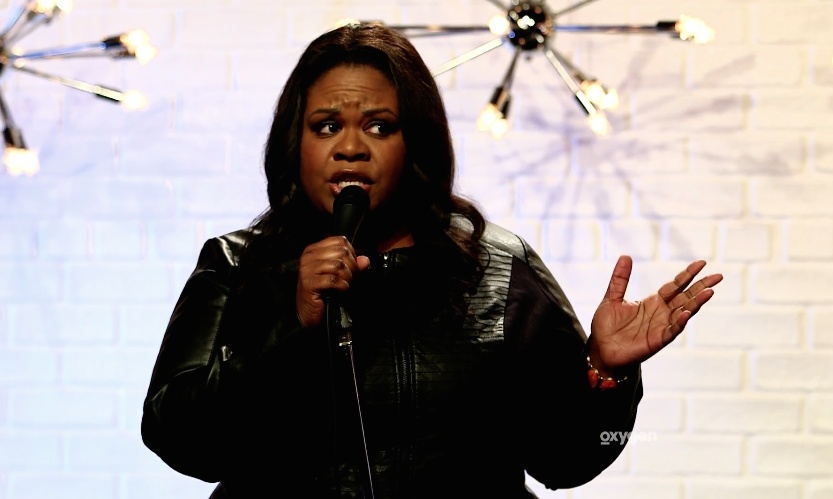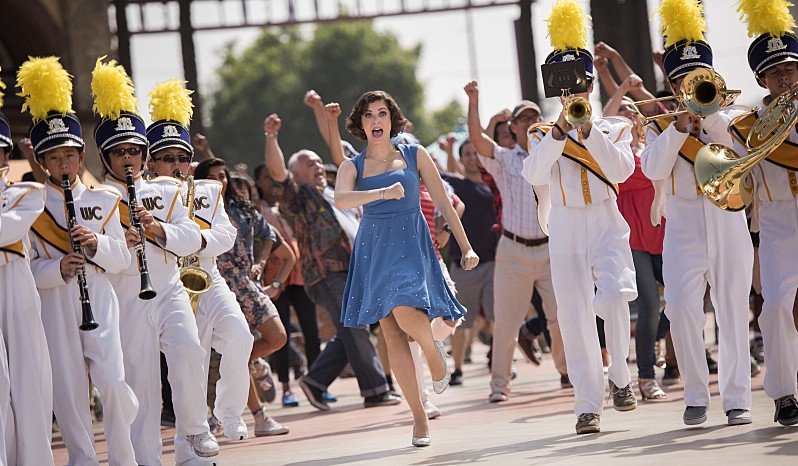Groundhog Day might be tomorrow, but it sure feels like today with the release of the new Celluloid Ceiling Study from Dr. Martha Lauzen Executive Director, Center for the Study of Women in Television and Film at San Diego State University.
The news of the study is that there is nothing has changed. Nothing has changed for a really long time. In fact things are actually worse than they were in 1998 when Dr. Lauzen started tracking women working in Hollywood.
But we’re making progress, right? Things are much better for women, right? Stats don’t lie.
Here are the numbers (all are based on the top 250 grossing films of 2010):
• Directors — 7%
• Writers — 10%
• Executive Producers — 15%
• Producers — 24%
• Editors — 18%
• Cinematographers — 2%
This is a cultural crisis. Women are being systemically shut out of this business. Most all the movies we see — big and small — are made by men. I;ve always wondered if the nature of the business, the fact that people job in on each film, has made it easy for women to be left out. Stats aren’t kept. No diversity committees asking questions like they do in the TV business.
Each year these statistics illuminate a harsh reality. Catherine Hardwicke — the woman with the highest grossing opening weekend box office — went on the record with The Wrap yesterday about her experience trying to just get an interview about The Fighter:
I couldn’t get an interview even though my last movie made $400 million…I was told it had to be directed by a man — am I crazy?…It’s about action, it’s about boxing, so a man has to direct it … But they’ll let a man direct “Sex in the City” or any girly movie you’ve ever heard of.
The bottom line is that the majority of people with power in Hollywood don’t think this is a problem. They are making money, so they don’t have any reason to rock the boat. I am waiting for the day when one of thee bigwigs who only hires men to direct gets confronted by his own daughter with the stories about how she couldn’t get a gig just becuase she is a woman.
But the good news is that women will not give up. There are storytellers out there who believe in their stories and believe in their visions and are fighting the fight, most days all alone. They are my sheroes.
Dr. Lauzen answered some questions about the statistics:
Women and Hollywood: The data seems to be consistent with last year’s and the year before. Is there anything that surprises you about the unchanging numbers for women in the business?
Dr. Martha Lauzen: What is so surprising about these numbers is their remarkable stability. They reveal an industry that is incredibly resistant to change. In addition to the “Celluloid Ceiling” report that I produce every year, I also compile “Boxed In,” a study examining women’s representation in prime-time television. “Boxed In” reveals slow but incremental growth in the percentages of women working in powerful behind-the-scenes roles on television, as well as in the percentages of female characters on screen. The television industry appears to be more welcoming of women than the film industry. Both studies, as well as others, are available at http://womenintvfilm.sdsu.edu.
I know many people were expecting Kathryn Bigelow’s visibility and well-deserved success last year to create a “halo effect” for other women who direct. While I suspect it has given Ms. Bigelow’s career a boost, I don’t think that complex issues such as bias in employment and representation can be so easily resolved.
WaH: Why do you think the numbers stay so dismally low?
ML: Women’s under-representation is the result of many factors operating at multiple levels. For example, over the last decade or two, filmmaking has become more of a business. As businesses with huge sums of money on the line, the film studios are very interested in minimizing their risk. It is my impression that women are still viewed as “riskier hires” and, as a result, are not considered for the big-budget, high-profile films and/or films in genres other than romantic comedy and romantic drama.
Second, the film industry does not exist in a vacuum. The attitudes about women that are held by those working in the industry reflect more general beliefs about women and what they can accomplish. Because these attitudes are very deeply held, it can take a long time to change them.
Finally, it is my impression that many powerful individuals in the industry do not perceive women’s under-representation as a problem. You can’t change what you don’t or won’t acknowledge.
WaH: What — if anything — do you think can be done to help move the numbers?
ML: I think the stability of the numbers provides reasonably convincing evidence that the industry will not change of its own accord. I also don’t believe that the industry can be embarrassed into change (regarding gender). At this point, I would like to see our legislators ask the powers-that-be in the industry some pointed questions about the lack of diversity in behind-the-scenes and on-screen employment and representation, perhaps in the form of congressional hearings. The film studios as well as television networks are not like other businesses. The film and television industries are much more powerful in that they help to transmit and perpetuate our culture. Perhaps public hearings and some sort of incentive structure for the studios and/or filmmakers might encourage greater diversity in film.
WaH: Do you see anything positive in the numbers?
ML: I am encouraged by my students and the filmmakers — who happen to be women — who continue to write, direct, produce, edit, and shoot entertaining and important films.







